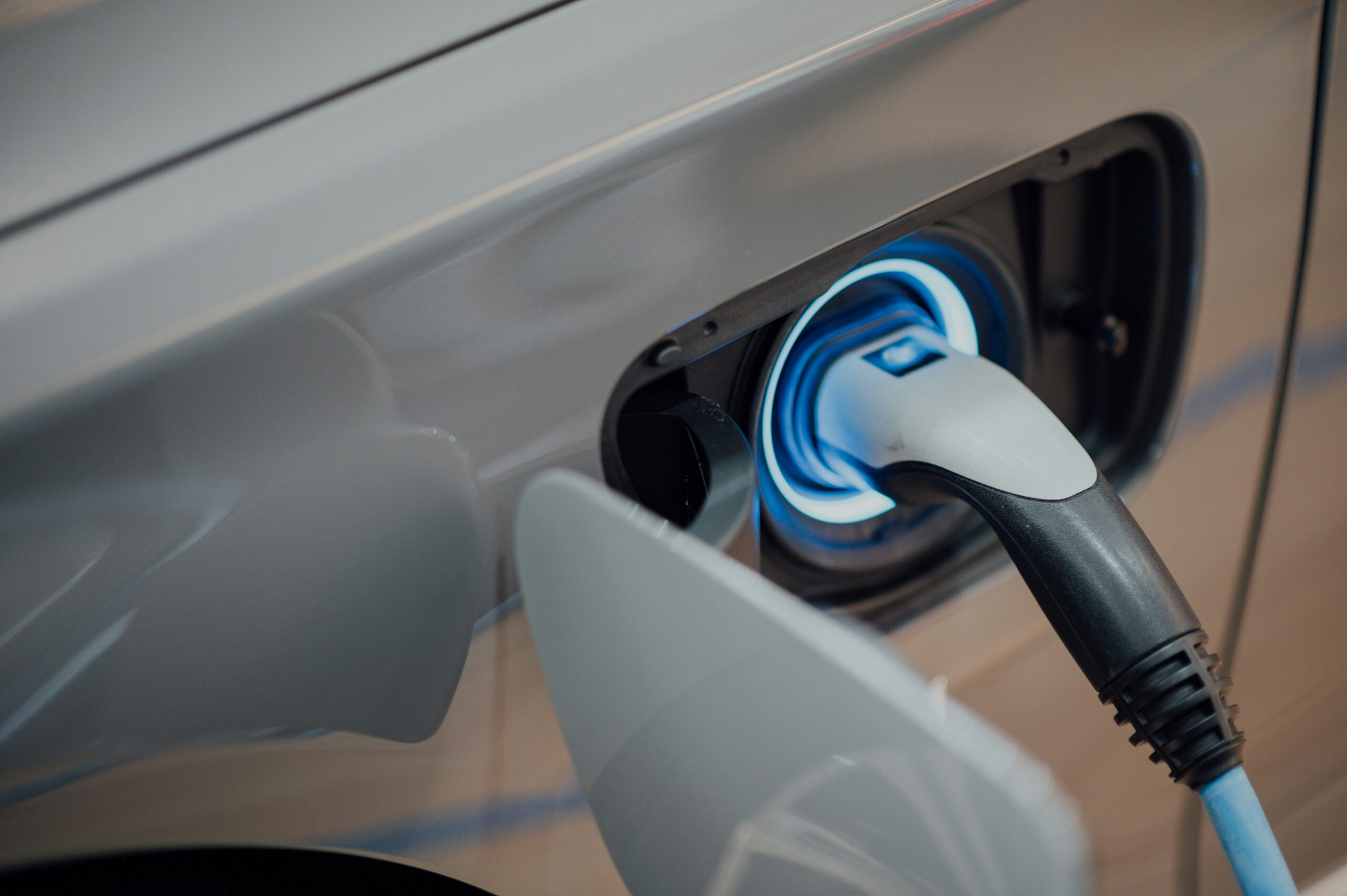Introduction
The world is undergoing an electric revolution, with electric vehicles (EVs) becoming increasingly popular and accessible. As concerns about climate change and air pollution grow, more and more people are turning to EVs as a sustainable and environmentally-friendly mode of transportation. In this blog post, we will explore the world of electric vehicles and provide you with a comprehensive guide to help you navigate this exciting new era.

Benefits of Electric Vehicles
There are numerous benefits to owning an electric vehicle. Firstly, EVs produce zero tailpipe emissions, which means they do not contribute to air pollution. This is especially important in urban areas where air quality is a major concern. Secondly, EVs are more energy-efficient than traditional gasoline-powered vehicles, resulting in lower fuel costs. Additionally, EVs require less maintenance since they have fewer moving parts, reducing the need for regular servicing.
Types of Electric Vehicles
There are three main types of electric vehicles: Battery Electric Vehicles (BEVs), Plug-in Hybrid Electric Vehicles (PHEVs), and Hybrid Electric Vehicles (HEVs).
- Battery Electric Vehicles (BEVs): These vehicles are powered solely by electricity and do not have an internal combustion engine. They rely on rechargeable batteries to store energy and provide power to an electric motor.
- Plug-in Hybrid Electric Vehicles (PHEVs): PHEVs have both an electric motor and an internal combustion engine. They can be charged through an external power source and also use gasoline as a backup when the battery is depleted.
- Hybrid Electric Vehicles (HEVs): HEVs combine an internal combustion engine with an electric motor. The electric motor assists the engine during acceleration and deceleration, resulting in improved fuel efficiency.
Charging Infrastructure
One of the main concerns for potential EV owners is the availability of charging infrastructure. However, the charging network is rapidly expanding, with more charging stations being installed in public spaces, workplaces, and residential areas. There are three main types of charging stations:
- Level 1 Charging: This is the slowest charging option and uses a standard household outlet. It is suitable for overnight charging and provides approximately 4-5 miles of range per hour of charging.
- Level 2 Charging: Level 2 chargers require a dedicated charging unit and provide faster charging speeds. They can fully charge an EV in 4-8 hours, depending on the vehicle and battery size.
- DC Fast Charging: DC fast chargers are the fastest charging option and can charge an EV to 80% in 30-45 minutes. They are typically found along major highways and in commercial areas.
Range Anxiety
Range anxiety, the fear of running out of battery power, is a common concern among potential EV owners. However, the range of electric vehicles has improved significantly in recent years. Most modern EVs have a range of over 200 miles on a full charge, with some models even surpassing 300 miles. Additionally, the charging infrastructure is continuously expanding, making it easier to find charging stations on longer journeys.
Government Incentives and Rebates
To encourage the adoption of electric vehicles, many governments offer incentives and rebates to EV owners. These incentives can include tax credits, grants, and subsidies for purchasing an EV or installing a home charging station. It is worth researching the incentives available in your area to take advantage of potential cost savings.
Conclusion
The electric revolution is well underway, and electric vehicles are set to play a crucial role in reducing greenhouse gas emissions and improving air quality. With their numerous benefits and the expanding charging infrastructure, EVs are becoming a viable and sustainable transportation option. By understanding the different types of EVs, charging options, and government incentives, you can navigate the world of electric vehicles with confidence and contribute to a greener future.